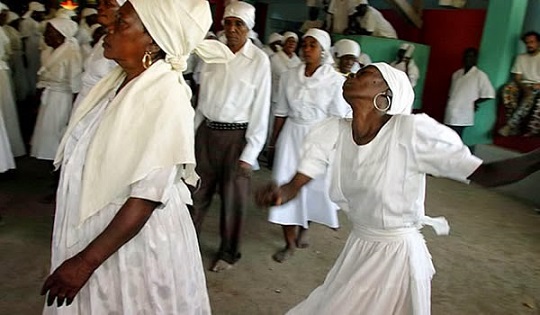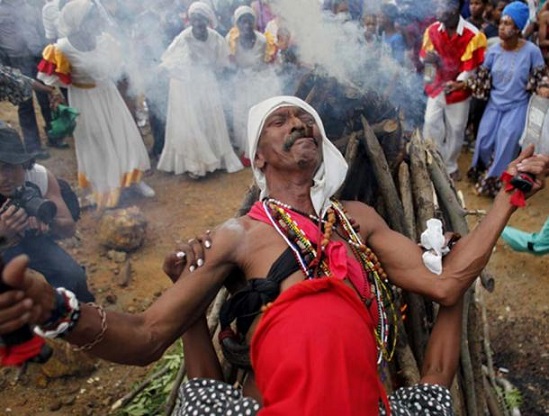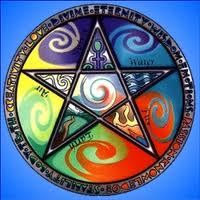Santeria
The Survival Of An Ancient African Religion
Many perceive Santeria as a bizarre and undesirable amalgamation of primitive, pagan beliefs and Roman Catholicism. Many believe the religion to be a dangerous, perhaps even Satanic, variation of Voodoo featuring zombies, indiscriminate animal sacrifices and other totems that make those from “first world” religious backgrounds uneasy. The truth behind Santeria is far less ominous. Santeria is a legitimate religion with roots that trace deep back into history.
European colonization of the “new world” brought with it the importation of slavery. Many slaves were Yoruba’s (that territory lies in what is now a part of modern-day Nigeria). The Yorubans practiced a highly evolved religion that included multiple Orishas, which can be roughly understood as beneficial forces akin to saints in Christian religious practices or lesser deities in polytheistic religions.
Yorubans understood the concept of “Ashe,” the life force of every person, and developed a number of worship and celebration rituals. Slaveholders found the idea of Yoruban religious practices add odds with their own ostensibly Christian belief structure. Fearing the unique customs of the Yorubans and understanding the risk its unfettered practice could have upon the institution of slavery, European colonists in the Americas attempt to destroy the faith while the Catholic Church worked to convert slaves to Christianity. The religion we now call Santeria, however, did not die. It went undercover instead.

Yoruban slaves worshipped the Orishas, but they disguised the figures as Catholic saints. While dancing to the sacred Yoruban drums would not have been tolerated, considerately praying before a representation of a Catholic saint was encouraged. In reality, those prayers were not directed to the Christian martyrs, but to the Orishas. This practice is the source of the name “Santeria,” a Spanish word referring to the worship of Saints.
Yorubans continued other rituals and practices of their faith covertly, as well. Due to the historical context, the traditions were necessarily cloaked in secrecy. This allowed the religion to survive, but gave it an air of mystery that survives today. Santeria does involve a level of mysticism to which many from Judeo-Christian backgrounds are not accustomed and limited animal sacrifices under specific circumstances (primarily chickens) can be practiced by Santerians.
We Are Helping 1000 Businesses Amplify Their Online Presence
However, those who perceive the faith as a dark and dangerous force are incorrect. Santeria represents the survival of peaceful and ancient traditional African religion against tremendous odds. It is still practiced today in many parts of the Caribbean and the United States.
Buoyant Mind And Spirits Attained Through Spirituality
How To Increase Your Power To Manifest
Spiritual Awakening And Near Death Experiences
Ancient Rituals Of Spiritual Awakenings
Spirituality Is Alive Today.Believe!
Browse All Our Informative Topics
InternetBusinessIdeas-Viralmarketing Home Page
Tweet
Follow @Charlesfrize













New! Comments
Have your say about what you just read! Leave a comment in the box below.